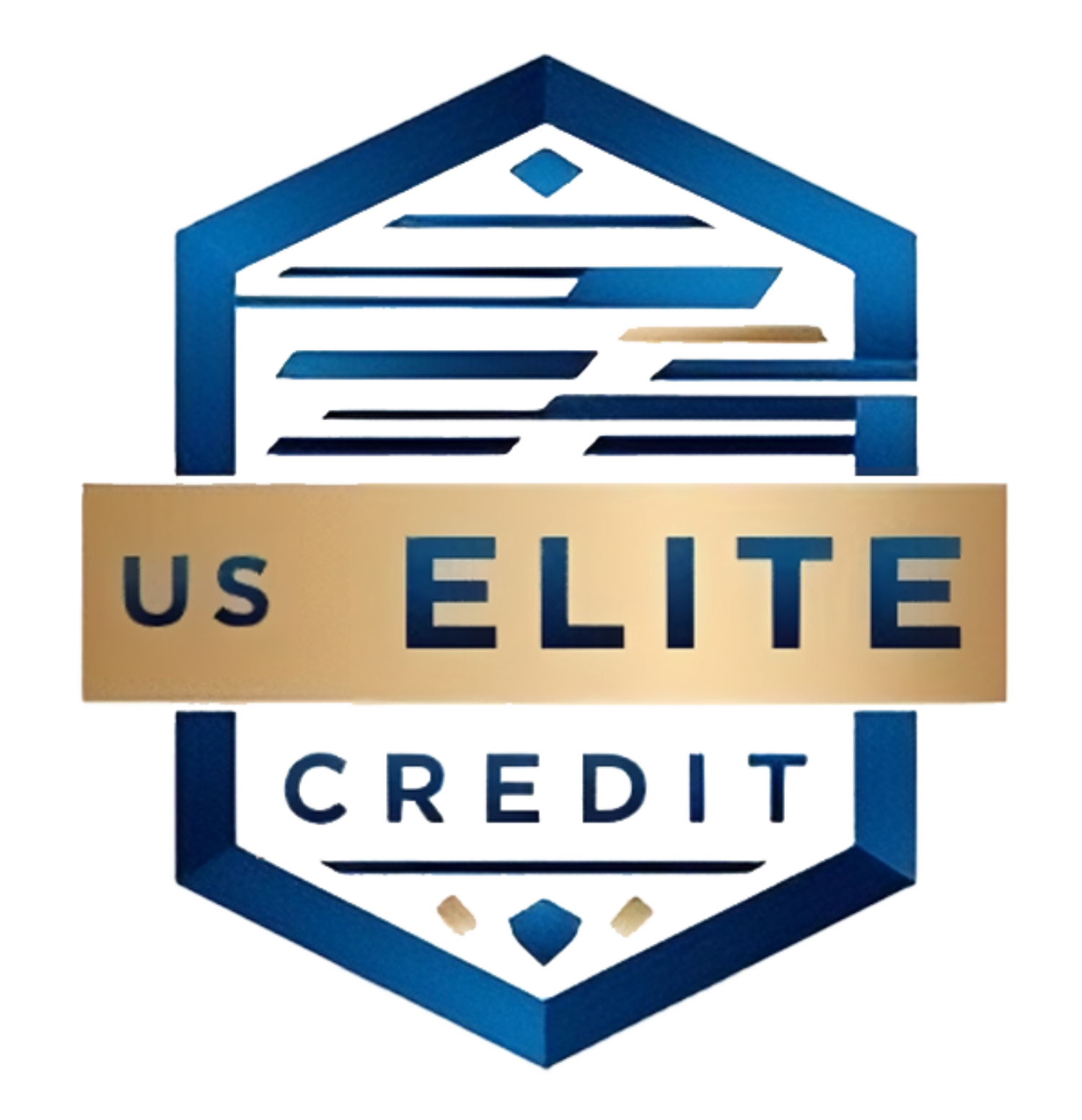Most consumers today face a daunting decision when it comes to payment options—point of sale financing versus traditional payment methods. Understanding the distinctions between these approaches can significantly influence your purchasing experience and financial health. In this blog post, you’ll explore the benefits and drawbacks of each method, empowering you to make a more informed choice that aligns with your budget and lifestyle. Let’s probe how US Elite Credit can help you navigate this decision effectively.
Understanding Point Of Sale Financing
Your shopping experience can be significantly enhanced by point of sale financing, which allows you to make purchases while managing payments in a way that suits your financial needs. This financing option enables customers to access funds directly at the point of purchase, facilitating immediate transactions without the burden of paying the full amount upfront.
Definition and Mechanism
Between the myriad of financial options available, point of sale financing stands out as a modern solution that provides consumers the flexibility to pay for their purchases over time, rather than all at once. This mechanism typically involves a simple application process at the checkout, often resulting in instant approval, allowing you to break down the cost into manageable installments.
Advantages of Point Of Sale Financing
Point of sale financing offers several benefits that can make your shopping experience more enjoyable and budget-friendly. This flexible payment option allows you to manage larger purchases without straining your finances, often comes with low or no interest rates, and enables quick approvals, meaning you can secure your desired items without delay.
Definition of point of sale financing highlights its ability to provide immediate purchasing power, reducing the need to compromise on quality or delay buying decisions. It empowers you to acquire products and services you desire while keeping your finances in check, making it an appealing choice for both everyday consumers and those looking to invest in larger purchases.
Traditional Payment Methods Explained
The traditional payment methods encompass a range of options that have been used for decades in various transactions. These methods are widely recognized and accepted, forming the foundation of many industries. Understanding these methods is vital for making informed choices about your payment options.
Types of Traditional Payment Methods
- Cash
- Credit and Debit Cards
- Checks
- Money Orders
- Bank Transfers
Perceiving these methods can help you determine the best fit for your purchasing needs.
| Payment Method | Description |
| Cash | Tangible currency for immediate transactions. |
| Credit Cards | Borrowed funds with repayment terms. |
| Debit Cards | Directly linked to your bank account. |
| Checks | A written order to pay a specific amount. |
| Bank Transfers | Electronic transfer of funds between accounts. |
Pros and Cons of Traditional Payments
Methods of traditional payments come with their own set of advantages and disadvantages that you should consider. Evaluating these factors can help you decide which payment options are ideal for your specific circumstances.
| Pros | Cons |
| Widely accepted | May incur transaction fees |
| No interest on cash purchases | Requires physical presence for some methods |
| Easy budgeting with debit | Checks can bounce |
| Secure for large transactions | Delays in bank transfers |
| Established trust | Identity theft risks with cards |
Payment methods each offer unique benefits and potential drawbacks. Evaluating these can provide insight into which traditional payment method aligns with your financial habits and needs.
Comparing Costs and Fees
Some factors can significantly influence your decision between point of sale financing and traditional payment methods. Understanding the associated costs and fees can help you make an informed choice. Below is a breakdown of key financial aspects:
| Cost/Fees | Point of Sale Financing vs. Traditional Payment Methods |
|---|---|
| Interest Rates | Variable based on creditworthiness vs. Fixed for credit cards |
| Origination Fees | May apply vs. Typically none |
| Late Payment Fees | Can be significant vs. Generally consistent |
Analyzing Interest Rates
Between point of sale financing and traditional payment methods, interest rates vary widely. Financing options may offer promotional rates, while credit cards often have higher default rates. Paying attention to these differences will ensure you choose the method that minimizes your overall cost.
Hidden Fees in Payment Methods
After evaluating interest rates, it’s vital to uncover any hidden fees associated with your chosen payment method. These can impact your total expense and may go unnoticed until it’s time to pay the bill.
Another aspect to consider is that hidden fees can lurk in various forms, such as processing fees, monthly maintenance charges, or foreign transaction fees. These extra costs can accumulate, affecting your budget. It’s important to carefully review the fine print and ask questions to ensure you fully understand any fees that may apply, allowing you to make the most financially sound decision.
Customer Experience and Convenience
All businesses strive to enhance your shopping experience, and choosing the right payment method plays a key role in that. Point of Sale (POS) financing can offer you a simple and effective way to manage your purchases without overwhelming your budget. By streamlining the payment process, it not only adds convenience but also ensures that you can focus more on enjoying your shopping experience.
Ease of Use for Consumers
Above all, POS financing options are designed with user-friendliness in mind. Many services require minimal paperwork and can often be completed in a matter of minutes, providing you with an efficient payment solution. This ease of use lets you quickly access the products you need without the hassle of complicated transactions.
Impact on Purchase Decisions
To assess how payment methods influence your buying behavior, consider how POS financing enables you to make higher-value purchases without breaking the bank. This method allows for flexible repayment options, making it more appealing when compared to traditional payment methods.
Indeed, the accessibility and flexibility of POS financing can significantly shape your purchase decisions. When faced with a higher-priced item, the ability to pay over time can alleviate the immediate financial burden. This means you might be more inclined to invest in quality products, knowing you can manage the expense in a way that aligns with your budget. By offering immediate purchasing power, POS financing serves not just as a payment method, but as a strategic tool that influences how and what you choose to buy.
Business Considerations
Many factors influence your decision when choosing between point of sale financing and traditional payment methods. You should evaluate your target audience, business model, cash flow, and operational capacities to determine which option can optimize your transactions while still providing flexibility for your customers. Assessing these considerations will help you make an informed choice that aligns with your business goals and enhances customer satisfaction.
Effect on Sales and Revenue
Any business owner understands that the payment options you offer can significantly impact sales and revenue. Point of sale financing can attract customers who might otherwise hesitate to make a purchase due to budget constraints. By providing flexible payment solutions, you can increase average transaction values and encourage repeat business, ultimately enhancing your bottom line.
Integration with Existing Systems
About your current systems, it’s imperative to consider how seamlessly new payment options can integrate. You want your chosen method to work alongside your existing point of sale system or e-commerce platform without causing disruptions.
Another important aspect to explore is the compatibility of point of sale financing with your current software. Ensuring that the financing option integrates smoothly with your existing systems streamlines your operations, allowing you to focus on customer service rather than technical challenges. Check if the provider offers robust support and resources to facilitate a smooth transition; this will significantly ease the implementation process and enhance overall efficiency.
Regulatory and Compliance Factors
Now, it’s necessary to navigate the regulatory landscape when choosing between Point of Sale financing and traditional payment methods. Here are key considerations:
- Understand the applicable federal and state regulations.
- Evaluate compliance requirements for data protection.
- Stay informed about changes in consumer finance laws.
After assessing these factors, you’ll be better positioned to make an informed choice that aligns with your business needs.
Legal Considerations for Businesses
About exploring legal considerations ensures that you are fully compliant with regulations specific to your industry. This includes understanding contractual obligations, liability issues, and any pertinent financial disclosure requirements. You must be aware of the specific laws that apply to your credit offerings to avoid legal pitfalls.
Consumer Protection Laws
Protection laws are designed to safeguard consumer rights and ensure fair lending practices. You should familiarize yourself with various regulations that govern the financial industry, such as the Truth in Lending Act (TILA) and the Fair Credit Reporting Act (FCRA). These laws provide transparency and protect consumers from unfair lending activities.
A thorough understanding of consumer protection laws is not only beneficial for your customers but also mitigates risk for your business. Failing to adhere to these regulations can lead to significant penalties and damage to your reputation. By ensuring compliance with consumer protection laws, you enhance trust with your customers and create a more transparent financing environment.
Final Words
Hence, understanding the differences between point of sale financing and traditional payment methods empowers you to make informed financial decisions. Consider your specific needs, budget, and purchasing habits when determining which option suits you best. With US Elite Credit, you have the opportunity to explore flexible financing solutions that can enhance your purchasing power. By weighing the benefits of each approach, you can confidently navigate your financial options and choose the pathway that aligns with your goals.

